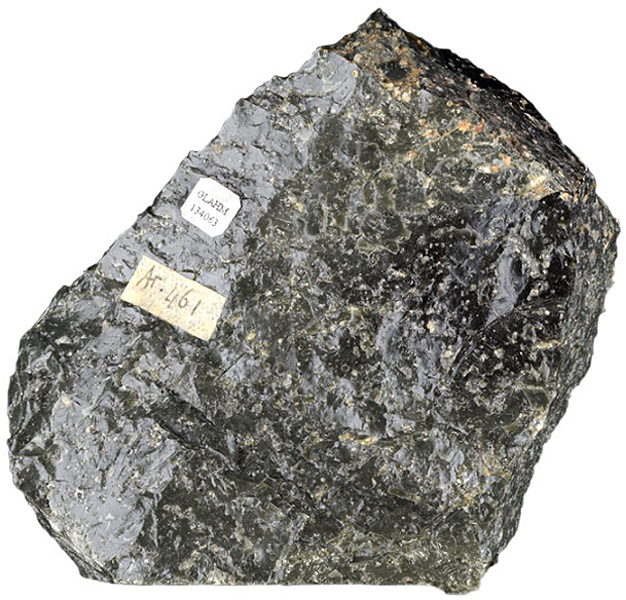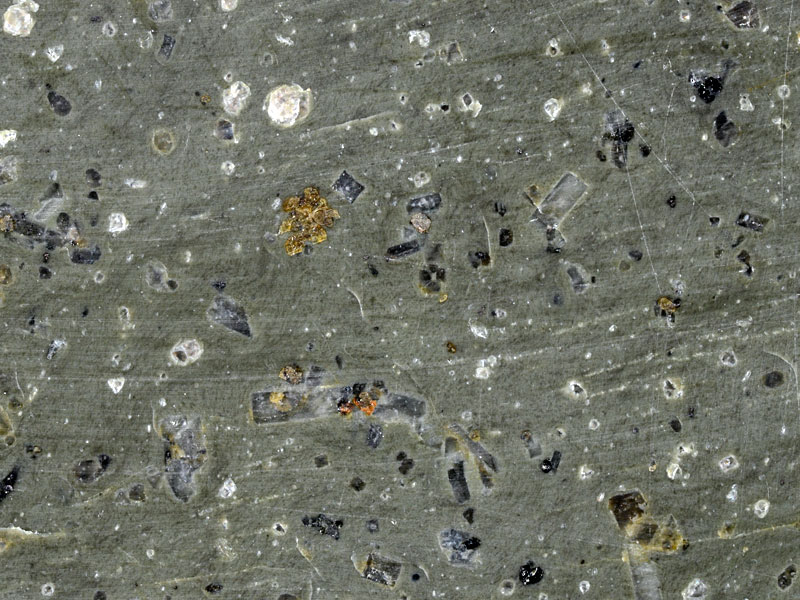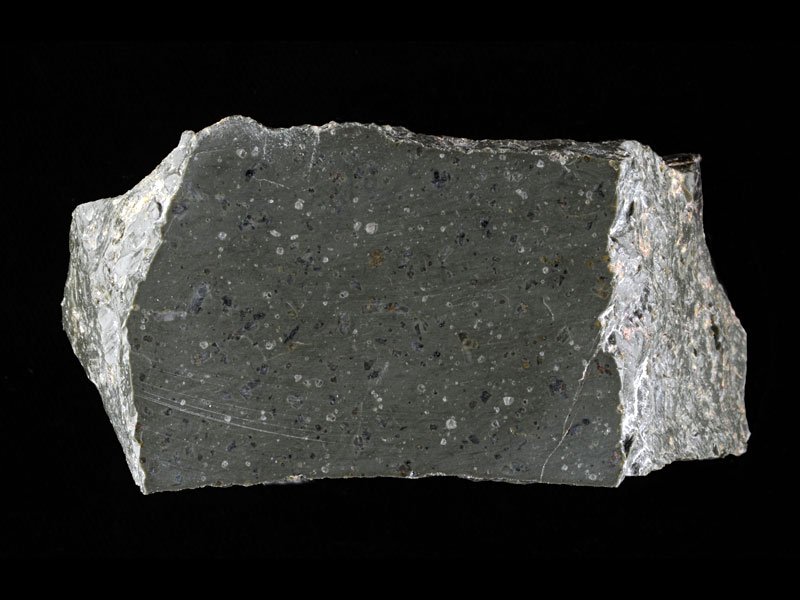
Fact sheet
This sample has a rhyolitic composition but it crystallised extremely quickly in a subvolcanic conduit (dyke) and instead formed a glass. There just wasn't time for crystals to form.
Rotation 1 shows complex twinning and chemical zonation in a euhedral plagioclase feldspar crystal.
The United Kingdom Virtual Microscope (UKVM) collection consists of igneous, sedimentary and metamorphic rocks from around the UK.
It is intended as a teaching resource, helping to tell the story of the common rock types and how they form, and reflecting the history of the UK at the margins of the continent of Europe. The collection is a series of teaching sets, for example igneous rocks from the North Atlantic Igneous Province and SW England; high-temperature metamorphic rocks from Scotland and low-temperature metamorphic rocks from Wales; and sedimentary rocks, including English limestones and sandstones.







